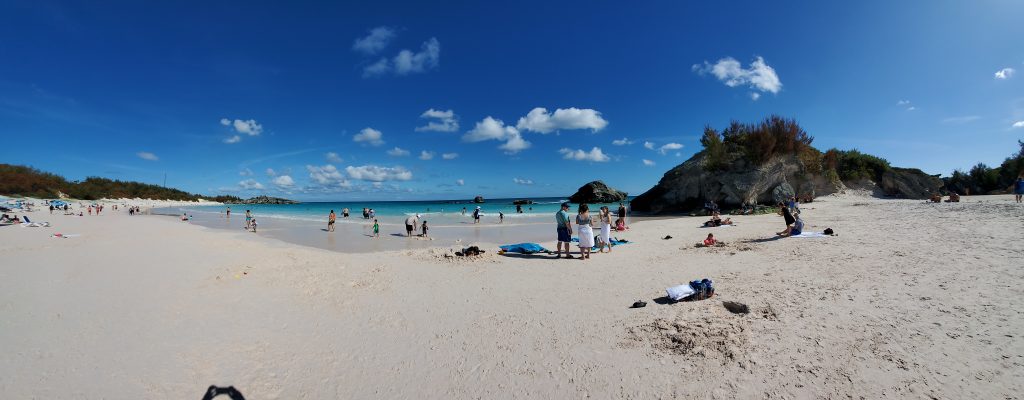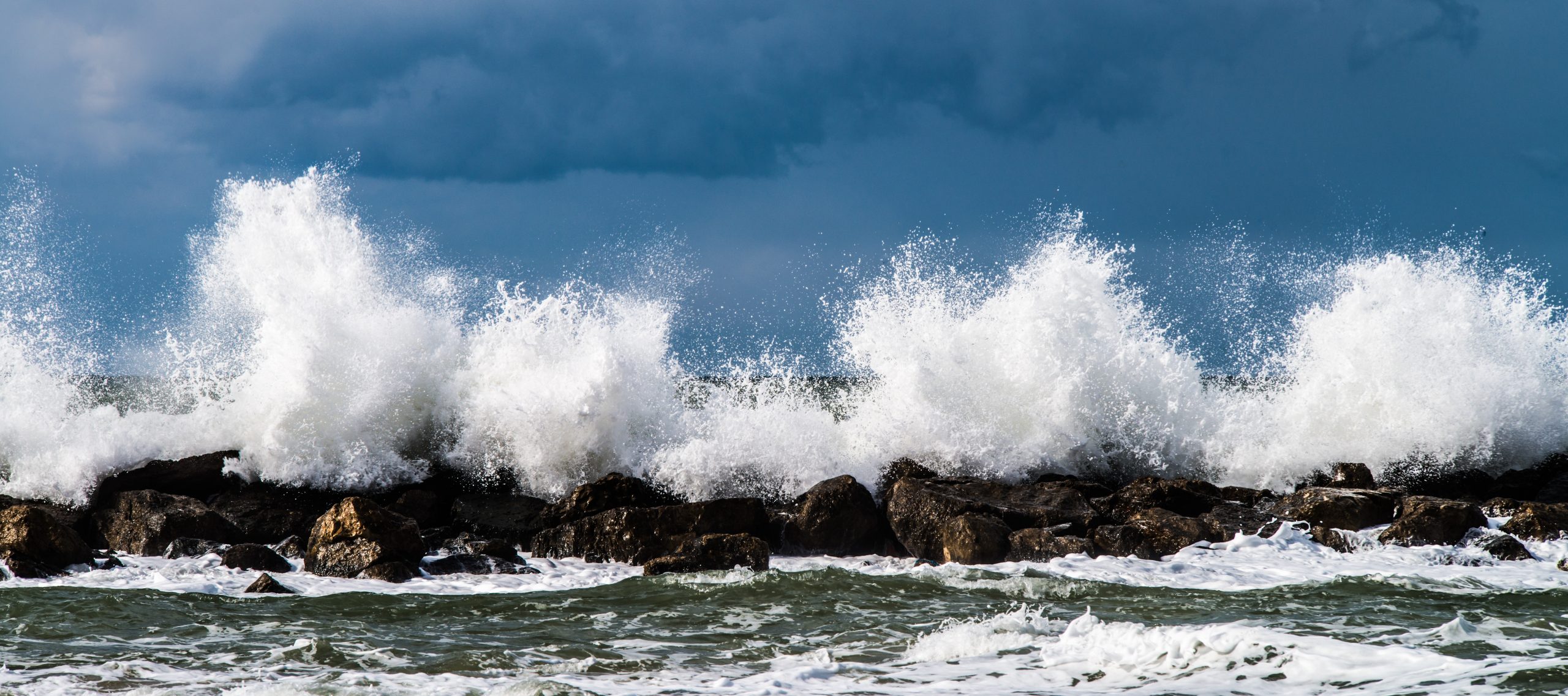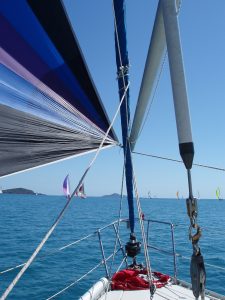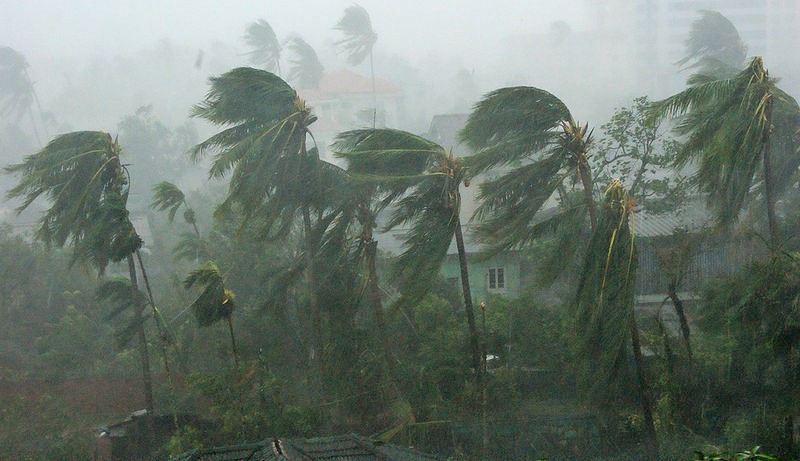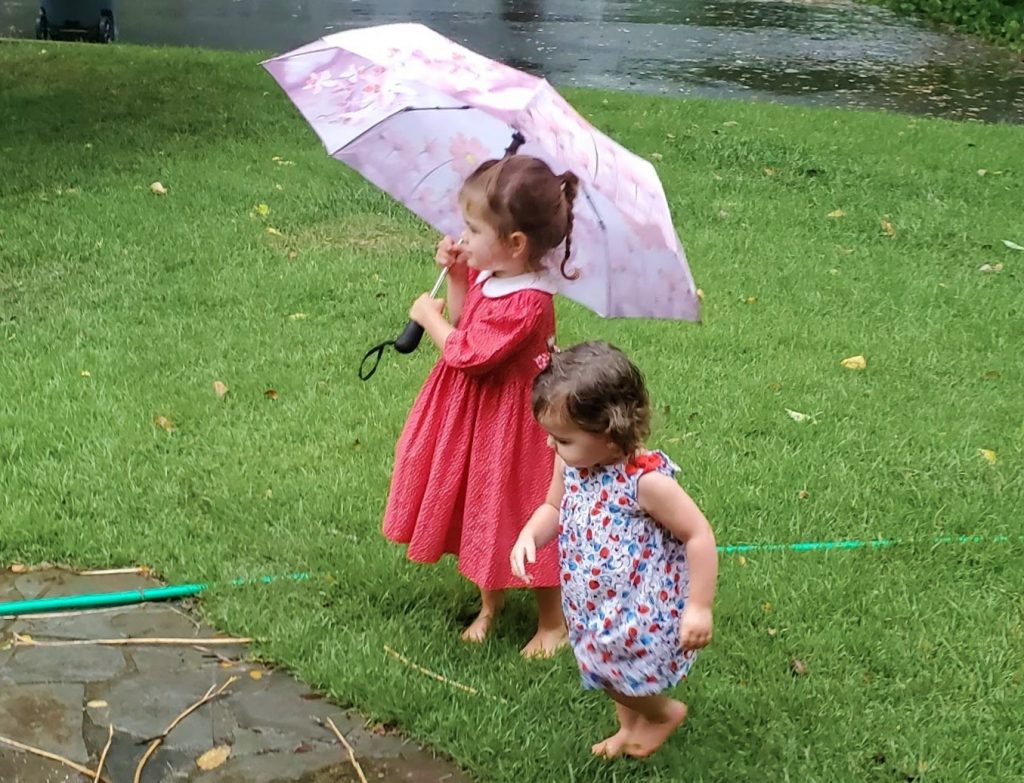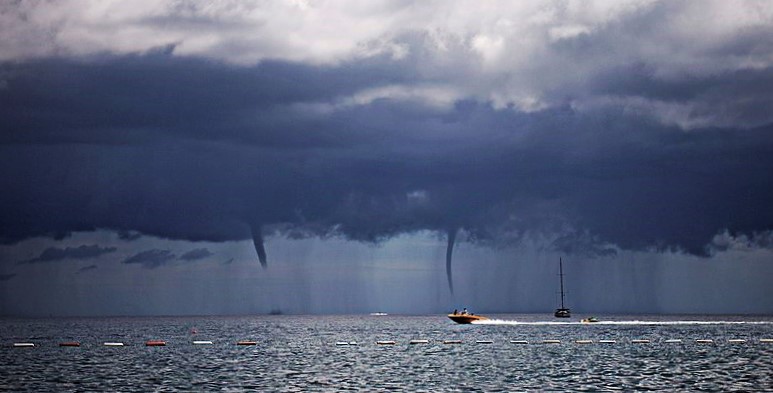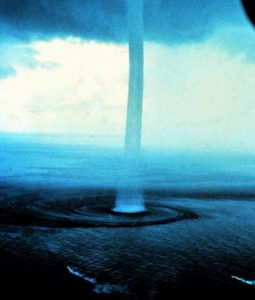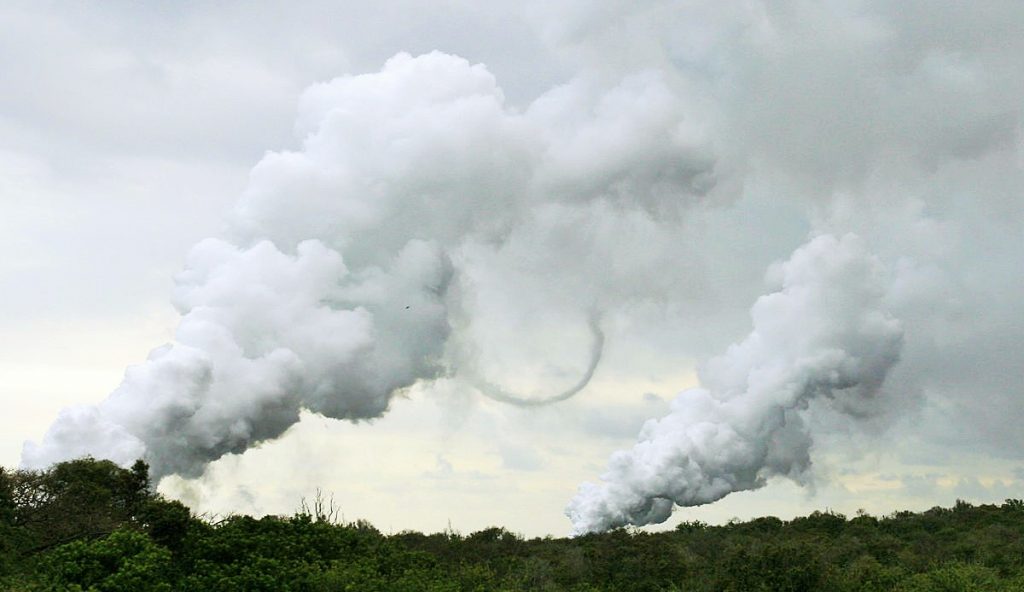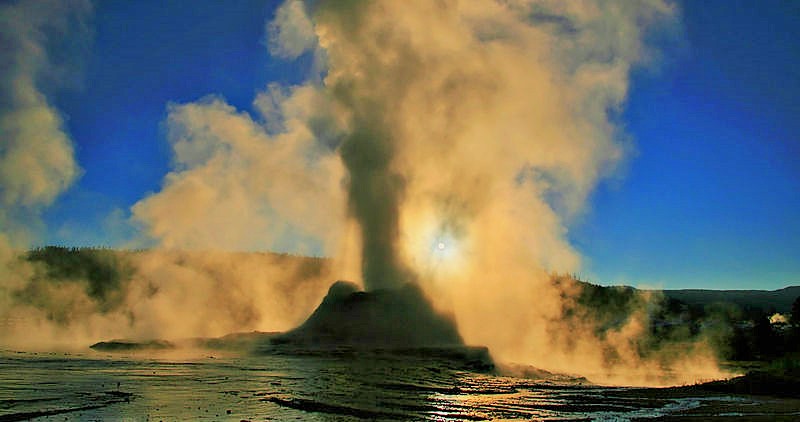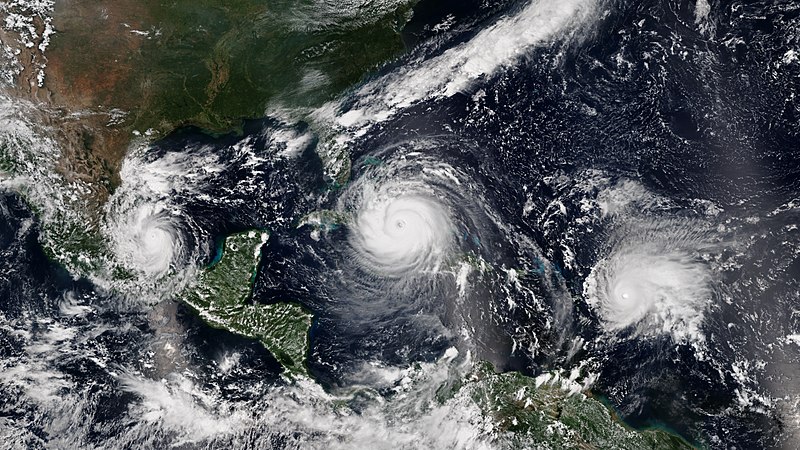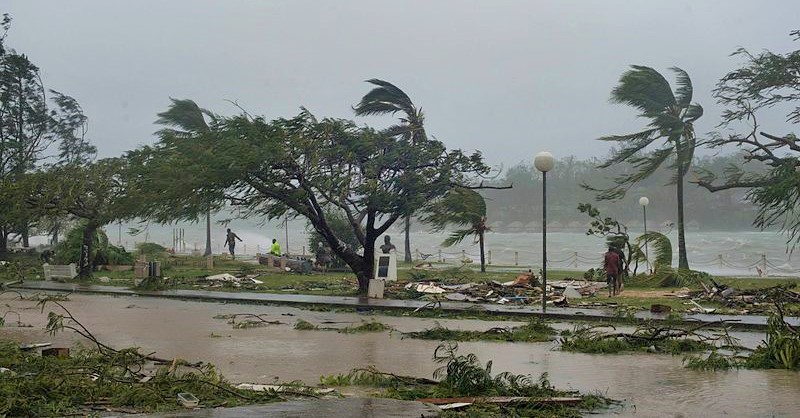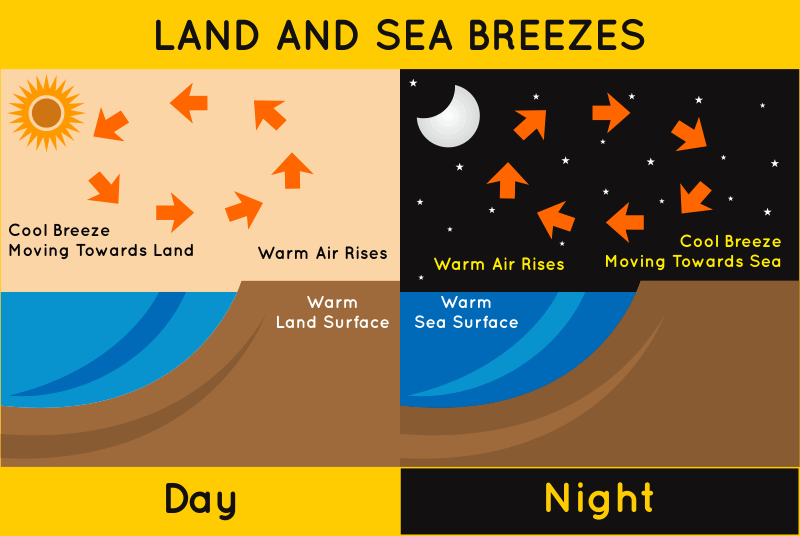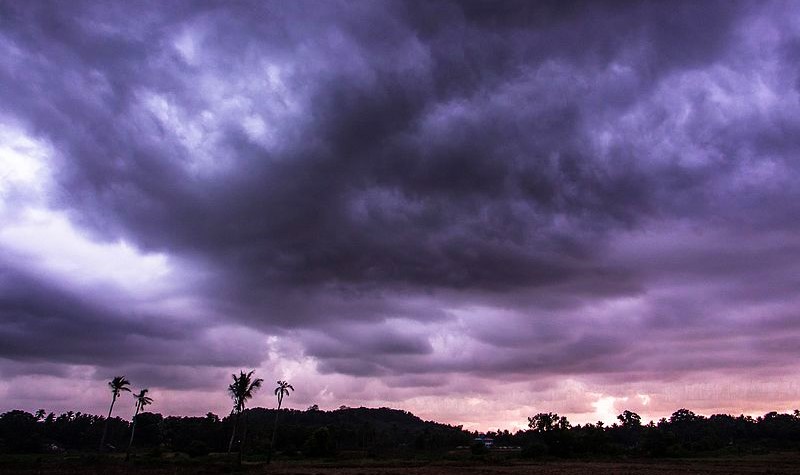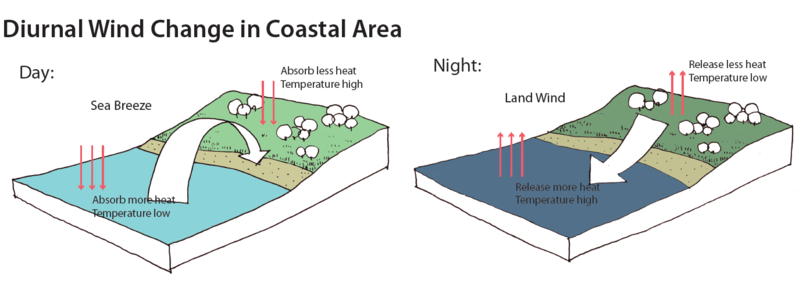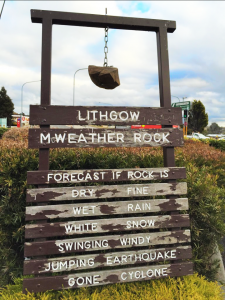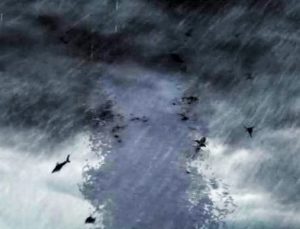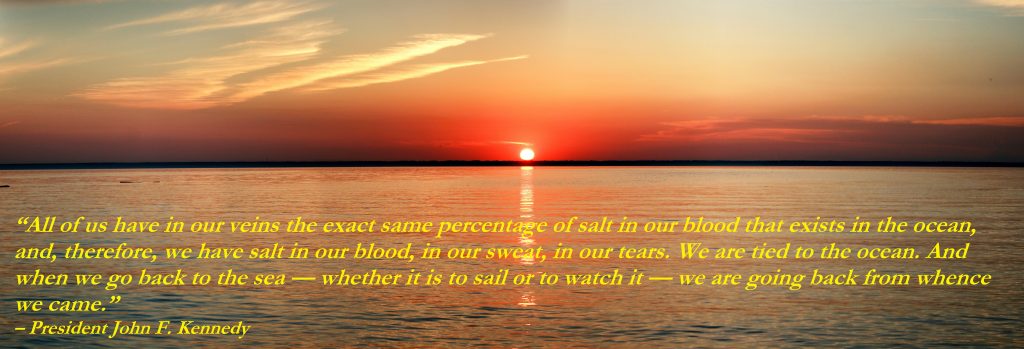
I’m in Corolla, NC now, reveling in the wonder that is water. I grew up more-or-less in the middle of Ohio—not exactly water country. I first saw the ocean at age twenty, during spring break on the east coast of Florida near Tequesta/Jupiter. It was love at first sight: soft, white sand; clear, warm water; and the sounds of moving water…
Since then I’ve been near—or better yet, sailing on—water at every opportunity. Life is just better on water.
And this isn’t a placebo effect, specific to me!
The Wonder of Water Outside the Body
There are psychological benefits to water, especially oceans. Research indicates that, being by the sea has a positive impact on mental health. (Psych Central)
- Minerals in the sea air reduce stress
- Negatively charged ions in the sea air combat free radicals, improving alertness and concentration
- Salt in the water preserves tryptamine, serotonin and melatonin levels in the brain, which aid in diminishing depression or increasing your overall sense of wellness
- The sounds of waves alter the brain’s wave patterns, producing a state of relaxation
So, even the sound of water is powerful, soothing. Water sounds have long been used in meditation. The benefits of “blue space” – the sea and coastline, but also rivers, lakes, canals, waterfalls, even fountains – are less well publicized, yet the science has been consistent for at least a decade: being by water is good for body and mind.
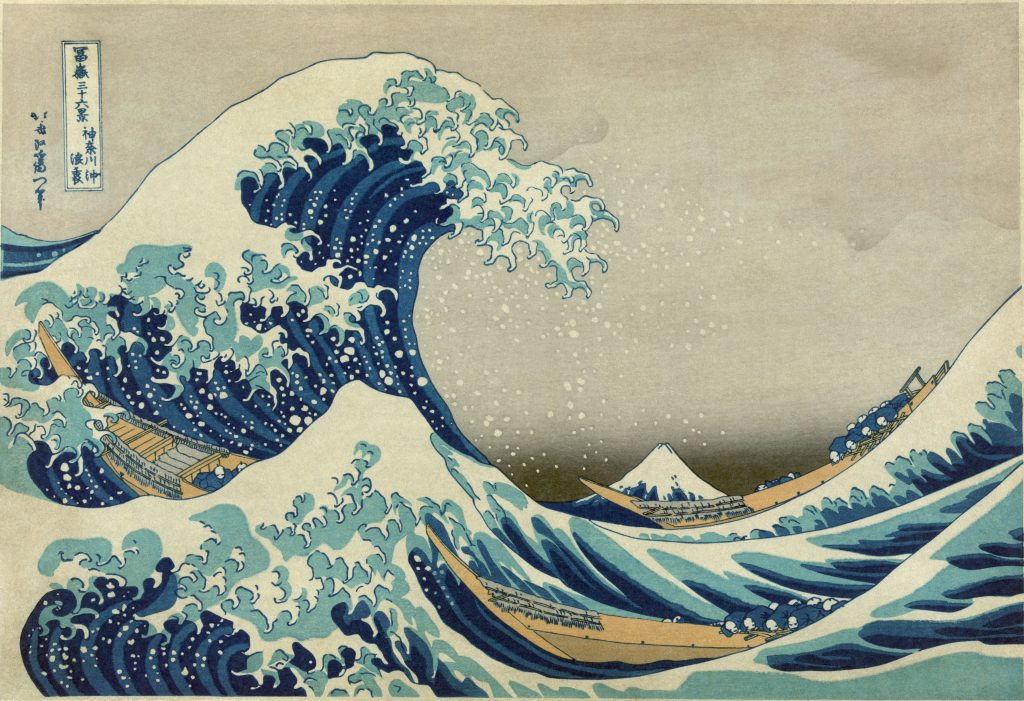
from Thirty Six Views of Mount Fuji by Hokusai
Whenever I’m near the ocean, a bay, a river, I’m awed by the vastness and the interconnectedness of water. Water makes up 71% of the Earth’s surface. I often think about cells sanded off my feet and ending up oceans away.
And I’ve experienced nothing more awesome than being on the water in a small boat during a storm. Watching lighting go from the earth up. Furling the sails and trying to hold the tiller steady. And knowing that the water is primal, and ultimately has all the power. I’m inconsequential.
Listening to ocean sounds is a popular sleep aid: people are able to let go of thoughts and allow sleep in.
And then there is the beneficial environmental factors, such as less polluted air and more sunlight. Also, people who live by water tend to be more physically active – not just with water sports, but walking and cycling. (The Guardian)
The Wonder of Water Inside the Body
In addition there are physiological benefits of water: reducing muscle tension and joint stress, and keeping skin moisturized, hair shiny, etc. (Fix)
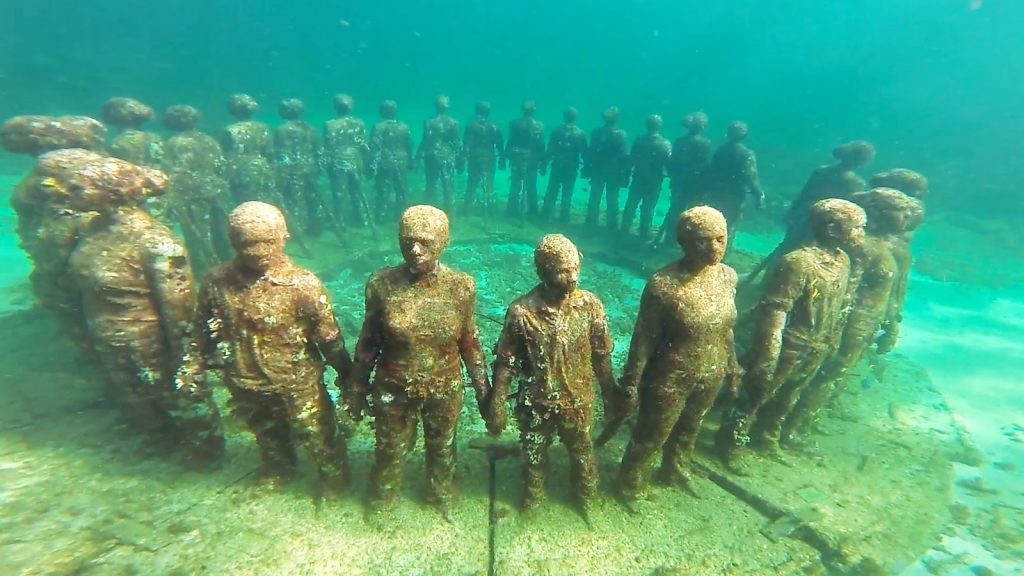
When was the last time you thought about—really thought about—water? (Not counting hurricane Ian, of course.) How many times a day do you unthinkingly turn on a faucet? Water is so prevalent it’s easy to forget that life depends on it. People deprived of food and water will die of dehydration first.
Water makes up 75% of the human brain. People who consume too much alcohol often wake so parched that their tongues stick to the roof of their mouths and their lips stick together. Imagine what has happened to your watery brain. (For the handful of you out there who have never had such an experience, think cotton balls and glue.)
The Wonder of Water and the History of the Body
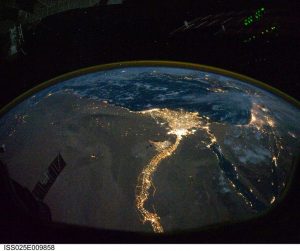
Even in modern times, human settlements cluster around rivers and seashores.
Much of our nutrition comes from seafood. Waterways have long been a means of transportation and an avenue of trade. But the wonder of water goes way beyond its utility.
Once upon a time, our ancestors slithered out of the sea. People still want to live and stay by water. Water property values are consistently higher than others. Of course, which water, and whether there is access to it, etc., count for a lot, but still…
For suggestions about how to bring more water benefits into your life, see Blue Mind: The Health Benefits of Being by the Water.
BOTTOM LINE: There’s nothing more wondrous than water.
